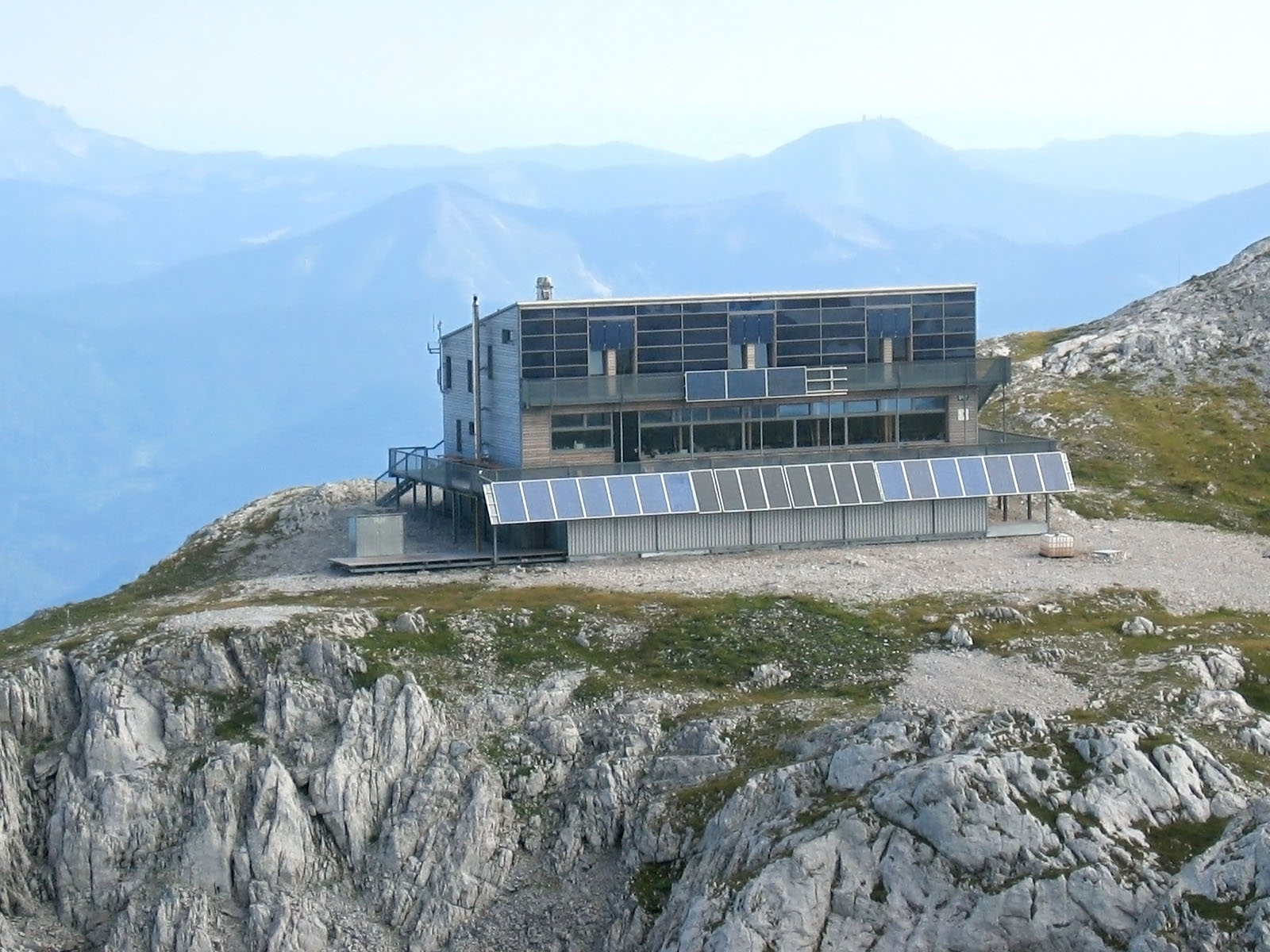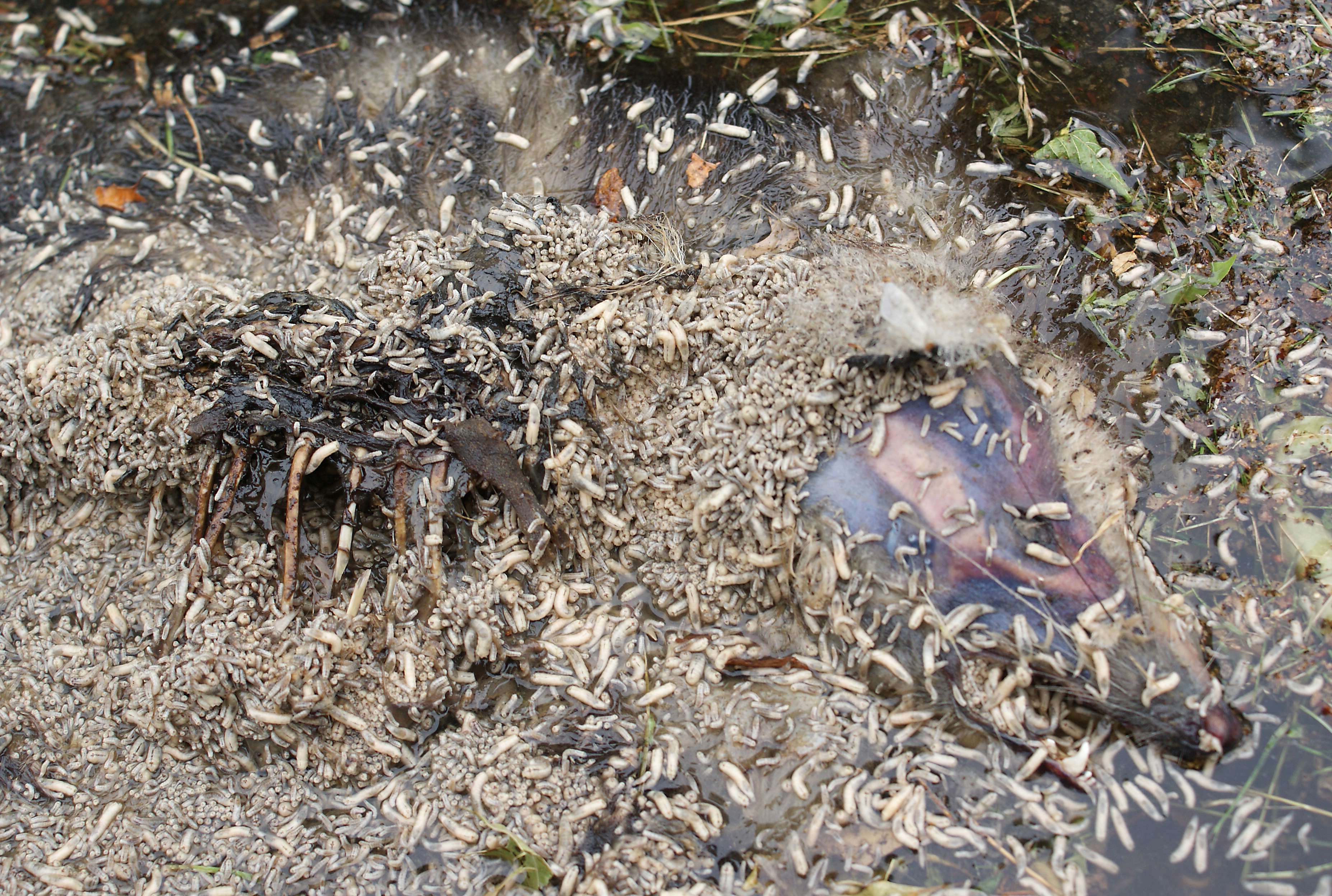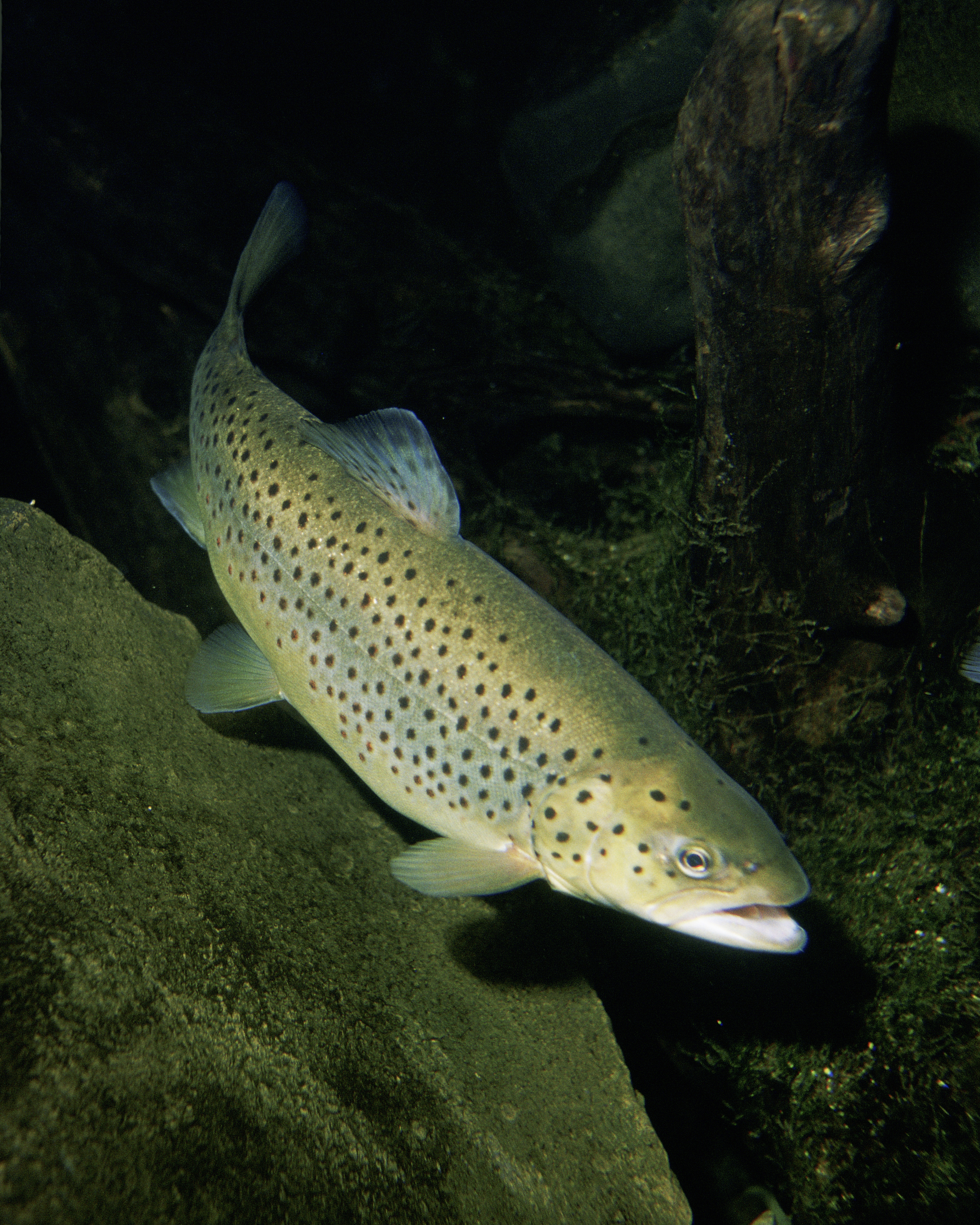|
Grüner See (Styria)
Grüner See (Green Lake) is a lake A lake is often a naturally occurring, relatively large and fixed body of water on or near the Earth's surface. It is localized in a basin or interconnected basins surrounded by dry land. Lakes lie completely on land and are separate from ... in Styria, Austria in a village named Tragöß, which is part of the municipality Tragöß-Sankt Katharein. The lake is surrounded by forests and three mountains: Pribitz (1,579 m), Messnerin, Meßnerin (1,835 m) and Trenchtling (Hochturm) (2,081 m), all part of the Hochschwab Mountains. The name "Green Lake" originated because of its emerald-green water. The clean and clear water comes from the snowmelt from the karst mountains and has a temperature of . During winter, the lake is only deep and the surrounding area is used as a county park. However, in spring, when the temperature rises and snow melts, the basin of land below the mountains fills with water. The lake reaches its m ... [...More Info...] [...Related Items...] OR: [Wikipedia] [Google] [Baidu] |
Tragöß
Tragöß (or Tragoess) is a former municipality in the district of Bruck-Mürzzuschlag in Styria, Austria. Since the 2015 Styria municipal structural reform, it is part of the municipality Tragöß-Sankt Katharein. It is home to Grüner See (Green Lake), which dries out almost completely in the autumn. In the spring the lake is filled with snow melt runoff. This gives the lake crystal clear water, the existing rocks and meadow give the lake its green colour. History It is likely that Tragöß was already inhabited by the ancient Celts. The centuries that followed the collapse of the Roman Empire in western Europe, were marked by a period of large scale migrations, and by the sixth century the Tragöß area was inhabited by Slavs, who made their homes not on the valley floors, but on the slopes that overlooked them. Bavarii and Franks followed in the ninth century, settling for the most part the fertile ground of the valley floors. The first surviving written record of the pla ... [...More Info...] [...Related Items...] OR: [Wikipedia] [Google] [Baidu] |
Styria
Styria ( ; ; ; ) is an Austrian Federal states of Austria, state in the southeast of the country. With an area of approximately , Styria is Austria's second largest state, after Lower Austria. It is bordered to the south by Slovenia, and clockwise, from the southwest, by the other Austrian states of Carinthia, Salzburg (federal state), Salzburg, Upper Austria, Lower Austria, and Burgenland. The state's capital is Graz, the second largest city in Austria after only Vienna. Name The March of Styria derived its name from the original seat of its ruling Otakars, Otakar dynasty: Steyr, in today's Upper Austria, which in turn derives its name from the namesake river of Steyr, stemming from the Celtic Stiria. In the native German the area is still called "Steiermark", while in English the Latin name "Styria" is used. Until the late 19th century however, the German name "Steyer", a slightly modernized spelling of Steyr, was also common. The ancient link between the city of Steyr and S ... [...More Info...] [...Related Items...] OR: [Wikipedia] [Google] [Baidu] |
Lake
A lake is often a naturally occurring, relatively large and fixed body of water on or near the Earth's surface. It is localized in a basin or interconnected basins surrounded by dry land. Lakes lie completely on land and are separate from the ocean, although they may be connected with the ocean by rivers. Lakes, as with other bodies of water, are part of the water cycle, the processes by which water moves around the Earth. Most lakes are fresh water and account for almost all the world's surface freshwater, but some are salt lakes with salinities even higher than that of seawater. Lakes vary significantly in surface area and volume of water. Lakes are typically larger and deeper than ponds, which are also water-filled basins on land, although there are no official definitions or scientific criteria distinguishing the two. Lakes are also distinct from lagoons, which are generally shallow tidal pools dammed by sandbars or other material at coastal regions of ocean ... [...More Info...] [...Related Items...] OR: [Wikipedia] [Google] [Baidu] |
Tragöß-Sankt Katharein
Tragöß-Sankt Katharein is since 2015 a new municipality in Bruck-Mürzzuschlag District in Styria (state), Styria, Austria, which had merged after 31 December 2014 the independent municipalities Tragöß and Sankt Katharein an der Laming, St. Katharein an der Laming. This merger was part of the Steiermärkische Gemeindestrukturreform, Styria municipal structural reform. The municipality Tragöß, at the Constitutional Court, introduced an appeal against the merger but was not successful. The court dismissed the appeal. Geography Municipality arrangement The municipality territory includes the following 10 sections (population as of 1 Jan 2015): * Hüttengraben (57) * Oberdorf (224) * Oberort (377) * Obertal (32) * Pichl-Großdorf (396) * Rastal (187) * Sankt Katharein an der Laming (262) * Tal (112) * Unterort (98) * Untertal (176) The municipality consists of the eight Katastralgemeinden Hüttengraben, Oberdorf-Niederdorf, Oberort, Obertal, Sankt Katharein an der Lami ... [...More Info...] [...Related Items...] OR: [Wikipedia] [Google] [Baidu] |
Messnerin
Messnerin () is a mountain in the Hochschwab Mountains in Styria, Austria, with a height of 1835 m above sea level. References Literature * Peter Rieder: ''Alpenvereinsführer Hochschwab''. Bergverlag Rudolf Rother Bergverlag Rother is a German publisher with its headquarters in Oberhaching, Upper Bavaria. Since 1950 the company, that formerly went under the name of ''Bergverlag Rudolf Rother'', had published the Alpine Club Guides in cooperation with the G ..., München 1976. {{ISBN, 3-7633-1216-1 Mountains of Styria Mountains of the Alps ... [...More Info...] [...Related Items...] OR: [Wikipedia] [Google] [Baidu] |
Hochschwab Mountains
The Hochschwab, Hochschwab Mountains, Hochschwab Alps or Hochschwab Group () is a mountain range in the Northern Limestone Alps of Austria. The range is in Styria. The highest peak is also called Hochschwab and is 2,277 metres above the Adriatic. Location The mountain range is located in the eastern part of the Northern Alps in the Austrian state of Styria. According to the Alpine Club classification of the Eastern Alps (AVE) the range is bounded as follows: : Großreifling – Salza – Gußwerk – Wegscheid – Seeberg Saddle – Seegraben – Stübmingbach – Thörlbach to its confluence with the Mürz – Mürz to its confluence with the Mur – Mur to Leoben – Vordernberger Bach – Präbichl – Erzbach – Hieflau – Enns to GroßreiflingDivision of the Alps' at bergalbum.de (private website) It includes: * the ''Hochschwab massif'' (the ''Hochschwab group'' in its specific sense): [...More Info...] [...Related Items...] OR: [Wikipedia] [Google] [Baidu] |
Snowmelt
In hydrology, snowmelt is surface runoff produced from melting snow. It can also be used to describe the period or season during which such runoff is produced. Water produced by snowmelt is an important part of the annual water cycle in many parts of the world, in some cases contributing high fractions of the annual runoff in a watershed. Predicting snowmelt runoff from a drainage basin may be a part of designing water control projects. Rapid snowmelt can cause flooding. If the snowmelt is then frozen, very dangerous conditions and accidents can occur, introducing the need for salt to melt the ice. Energy fluxes related to snowmelt There are several energy fluxes involved in the melting of snow. These fluxes can act in opposing directions, that is either delivering heat to or removing heat from the snowpack. Ground heat flux is the energy delivered to the snowpack from the soil below by conduction. Radiation inputs to the snowpack include net shortwave (solar radiation includi ... [...More Info...] [...Related Items...] OR: [Wikipedia] [Google] [Baidu] |
Karst
Karst () is a topography formed from the dissolution of soluble carbonate rocks such as limestone and Dolomite (rock), dolomite. It is characterized by features like poljes above and drainage systems with sinkholes and caves underground. There is some evidence that karst may occur in more weathering-resistant rocks such as quartzite given the right conditions. Subterranean drainage may limit surface water, with few to no rivers or lakes. In regions where the dissolved bedrock is covered (perhaps by debris) or confined by one or more superimposed non-soluble rock strata, distinctive karst features may occur only at subsurface levels and can be totally missing above ground. The study of ''paleokarst'' (buried karst in the stratigraphic column) is important in petroleum geology because as much as 50% of the world's Oil and gas reserves and resource quantification, hydrocarbon reserves are hosted in carbonate rock, and much of this is found in porous karst systems. Etymology ... [...More Info...] [...Related Items...] OR: [Wikipedia] [Google] [Baidu] |
Cladocera
The Diplostraca or Cladocera, commonly known as water fleas, is a superorder (biology), superorder of small, mostly freshwater crustaceans, most of which feed on microscopic chunks of organic matter, though some forms are predatory. Over 1000 species have been recognised so far, with many more undescribed species, undescribed. The oldest fossils of diplostracans date to the Jurassic, though their modern morphology suggests that they originated substantially earlier, during the Paleozoic. Some have also adapted to a life in the ocean, the only members of Branchiopoda to do so, though several anostracans live in hypersaline lakes. Most are long, with a down-turned head with a single median compound eye, and a carapace covering the apparently unsegmented Crustacean#Structure, thorax and abdomen. Most species show cyclical parthenogenesis, where asexual reproduction is occasionally supplemented by sexual reproduction, which produces resting eggs that allow the species to survive hars ... [...More Info...] [...Related Items...] OR: [Wikipedia] [Google] [Baidu] |
Daphnia Pulex
''Daphnia pulex'' is the most common species of water flea. It has a cosmopolitan distribution: the species is found throughout the Americas, Europe, and Australia. It is a model species, and was the first crustacean to have its genome sequenced. Description ''D. pulex'' is an arthropod whose body segments are difficult to distinguish. It can only be recognised by its appendages (only ever one pair per segment), and by studying its internal anatomy. The head is distinct and is made up of six segments, which are fused together even as an embryo. It bears the arthropod mouthparts, mouthparts, and two pairs of antenna (biology), antennae, the second pair of which is enlarged into powerful organs used for swimming. No clear division is seen between the thorax and abdomen, which collectively bear five pairs of appendages. The shell surrounding the animal extends posteriorly into a Spine (zoology), spine. Like most other ''Daphnia'' species, ''D. pulex'' reproduces by cyclical parthenog ... [...More Info...] [...Related Items...] OR: [Wikipedia] [Google] [Baidu] |
Maggot
A maggot is the larva of a fly (order Diptera); it is applied in particular to the larvae of Brachycera flies, such as houseflies, cheese flies, hoverflies, and blowflies, rather than larvae of the Nematocera, such as mosquitoes and crane flies. Etymology "Maggot" is not a technical term and should not be taken as such; in many standard textbooks of entomology, it does not appear in the index at all. In many non-technical texts, the term is used for insect larvae in general. Other sources have coined their own definitions; for example: "The term applies to a grub when all trace of limbs has disappeared" and "Applied to the footless larvae of Diptera".Smith, John. BExplanation of terms used in entomology Brooklyn Entomological Society, 1906. Additionally, in ''Flies: The Natural History and Diversity of Diptera'', the author claims maggots "are larvae of higher Brachycera (Cyclorrhapha)." Maggot-like fly larvae are of significance in ecology and medicine; among other r ... [...More Info...] [...Related Items...] OR: [Wikipedia] [Google] [Baidu] |
Trout
Trout (: trout) is a generic common name for numerous species of carnivorous freshwater ray-finned fishes belonging to the genera '' Oncorhynchus'', ''Salmo'' and ''Salvelinus'', all of which are members of the subfamily Salmoninae in the family Salmonidae. The word ''trout'' is also used for some similar-shaped but non-salmonid fish, such as the spotted seatrout/speckled trout (''Cynoscion nebulosus'', which is actually a croaker). Trout are closely related to salmon and have similar migratory life cycles. Most trout are strictly potamodromous, spending their entire lives exclusively in freshwater lakes, rivers and wetlands and migrating upstream to spawn in the shallow gravel beds of smaller headwater creeks. The hatched fry and juvenile trout, known as ''alevin'' and ''parr'', will stay upstream growing for years before migrating down to larger waterbodies as maturing adults. There are some anadromous species of trout, such as the steelhead (a coastal subs ... [...More Info...] [...Related Items...] OR: [Wikipedia] [Google] [Baidu] |






